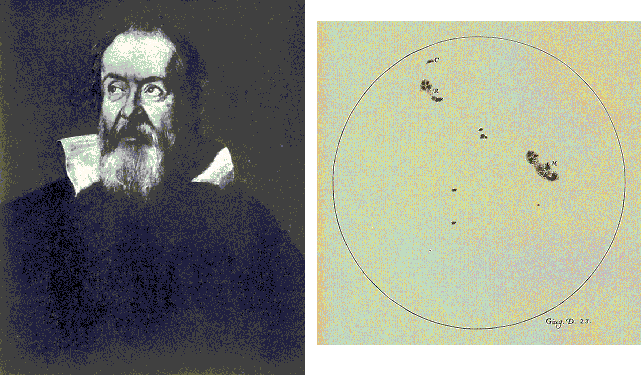
The Yohkoh Galileo Project

The task of the Galileo project then is to perform all the calibrations and instrument corrections now, so they won't need to be done ever again, and to document the whole process. In the end, we intend for any scientist (especially students) to be able to use the Yohkoh data without having to handle the ancillary data (e.g., the orbital parameters, spacecraft and camera temperatures, stray visible light "terminator" images, and dark current measurements).
Yohkoh has been an international collaboration throughout construction, launch, and operations phases, and that cooperation continues now in the archiving stage. Members of the Yohkoh team from Japan, the USA, and the UK have already begun some of the data archive chores, and continue to work together to define the data products. Corrections for stray visible light, photon scattering, and failures of the entrance filters have long been a part of the SXT software, but in the last several months we've made it a priority to finalize these corrections/calibrations. Similarly, an online catalog of HXT flare images has been developed (see last week's nugget). This will grow to include multiple images per HXT energy band, per flare, and downloadable floating-point images for your analysis.
Our final data products will be written in a "standard" format which can be read by any of a variety of software packages. Furthermore, we intend to provide uncertainty information for those who wish to produce errorbars in their analyses.
Galileo set a very high standard, and by taking his name for the
Yohkoh data archive project we've got a lot to live up to. Our
timetable is very roughly summarized below.

June 7, 2002
David McKenzie, Alisdair Davey (mckenzie@isass1.solar.isas.ac.jp)